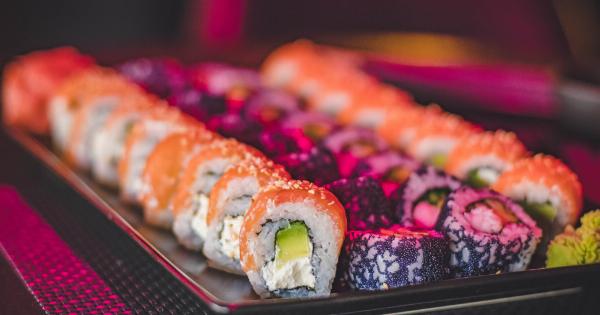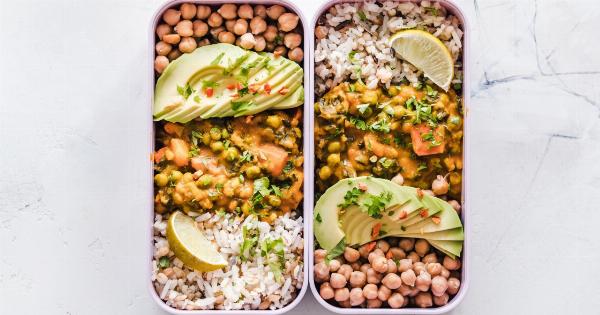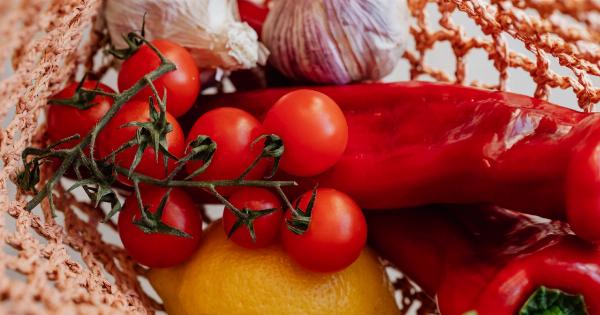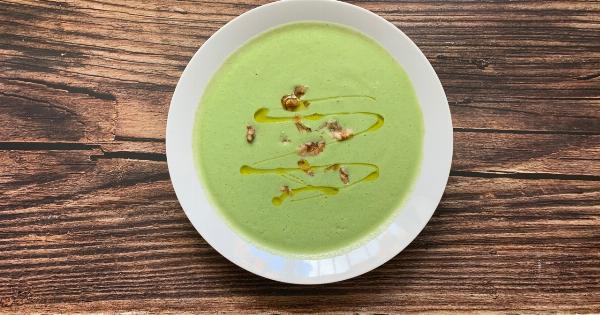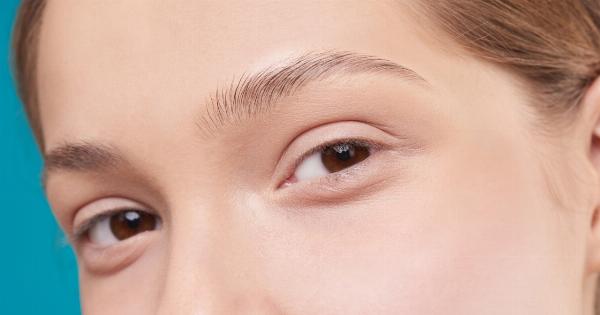When it comes to seafood, there are a lot of choices out there. Knowing what to look for when choosing fish and shellfish can be overwhelming, especially if you’re trying to make healthier choices.
With so many options available, it’s important to know what to look for and what to avoid when selecting seafood.
Why Choose Seafood?
Seafood is an excellent source of protein and other important micronutrients. It’s also low in saturated fat and high in heart-healthy omega-3 fatty acids, making it a healthy addition to any diet.
Eating seafood on a regular basis has been linked to a reduced risk of cardiovascular disease, stroke, and even depression.
What to Look for When Choosing Fish and Shellfish?
When it comes to choosing seafood, there are a few key things to keep in mind. Here are some tips to help you choose the healthiest options:.
Choose Wild Caught Over Farmed
Wild-caught seafood is generally considered to be healthier than farmed seafood. Wild-caught fish and shellfish are generally leaner and have a more varied diet, which translates to higher levels of omega-3 fatty acids.
Farmed fish and shellfish are often fed a diet that is high in fat and low in nutrients, resulting in lower levels of omega-3s in the final product.
Choose Low Mercury Options
Mercury is a toxic metal that can accumulate in the fatty tissues of fish and shellfish. Eating too much mercury can cause health problems, particularly in young children and pregnant women.
To minimize your exposure to mercury, choose fish and shellfish that are low in mercury, such as shrimp, crab, salmon, and sardines. Fish that are high in mercury include swordfish, shark, king mackerel, and tilefish.
Choose Lean Options
Some types of fish and shellfish are higher in fat than others. While it’s true that some types of fat are healthy, it’s still important to choose lean options. Lean fish and shellfish include cod, haddock, sole, and shrimp.
Higher fat options include salmon, tuna, and mackerel.
Choose Whole Fish and Shellfish
Whole fish and shellfish are generally fresher than fillets or other processed seafood options. When buying whole fish, look for clear, bright eyes, shiny skin, and a pleasant smell.
If you’re buying shellfish, make sure they’re tightly closed, and give them a quick tap to make sure they close up. If they don’t, they’re already dead and should be avoided.
How to Prepare Seafood
When preparing seafood, it’s important to handle it properly to prevent any foodborne illnesses. Here are some tips to help you prepare seafood safely:.
Cook Fish and Shellfish Thoroughly
Cooking seafood thoroughly is essential to kill any potential pathogens. Fish should be cooked to an internal temperature of 145°F, while shellfish should be cooked until their shells open.
If you’re not sure if your seafood is cooked through, use a food thermometer to check the internal temperature.
Store Seafood Properly
Seafood should be kept at a temperature of 40°F or below to prevent spoilage. If you’re not planning on using your seafood right away, store it in the fridge or freezer.
If you’re buying frozen seafood, make sure it’s properly labeled and hasn’t been thawed in transit.
Handle Seafood Safely
Always wash your hands and any surfaces that come into contact with raw seafood to prevent cross-contamination. Never use the same cutting board or utensils for seafood and other food items.
Healthy Seafood Options
Here are some of the healthiest seafood options you can incorporate into your diet:.
Salmon
Salmon is high in omega-3 fatty acids and protein, making it a healthy addition to any diet. It’s also a versatile fish that can be prepared in a variety of ways, from grilling to baking to poaching.
Shrimp
Shrimp is a low-fat, low-calorie seafood option that’s high in protein. It’s also a good source of vitamin D and selenium. Shrimp can be used in a variety of dishes, from stir-frys to salads.
Cod
Cod is a lean fish that’s a good source of protein and vitamin B12. It’s also low in mercury, making it a safe seafood option for pregnant women and children. Cod can be baked, broiled, or fried for a delicious and healthy meal.
Sardines
Sardines are a small, oily fish that are high in omega-3 fatty acids and vitamin D. They’re also low in mercury, making them a safe seafood option. Sardines are often canned and make a great addition to salads, sandwiches, and pasta dishes.
Mussels
Mussels are a type of shellfish that are high in protein and low in fat. They’re also a good source of iron and vitamin B12. Mussels can be steamed, boiled, or grilled for a delicious and healthy meal.
Conclusion
Seafood is a healthy and delicious addition to any diet. By choosing the right types of fish and shellfish, you can reap the many health benefits that seafood has to offer.
Pay attention to the tips outlined above when selecting and preparing seafood to ensure that you’re making the healthiest choices possible.

